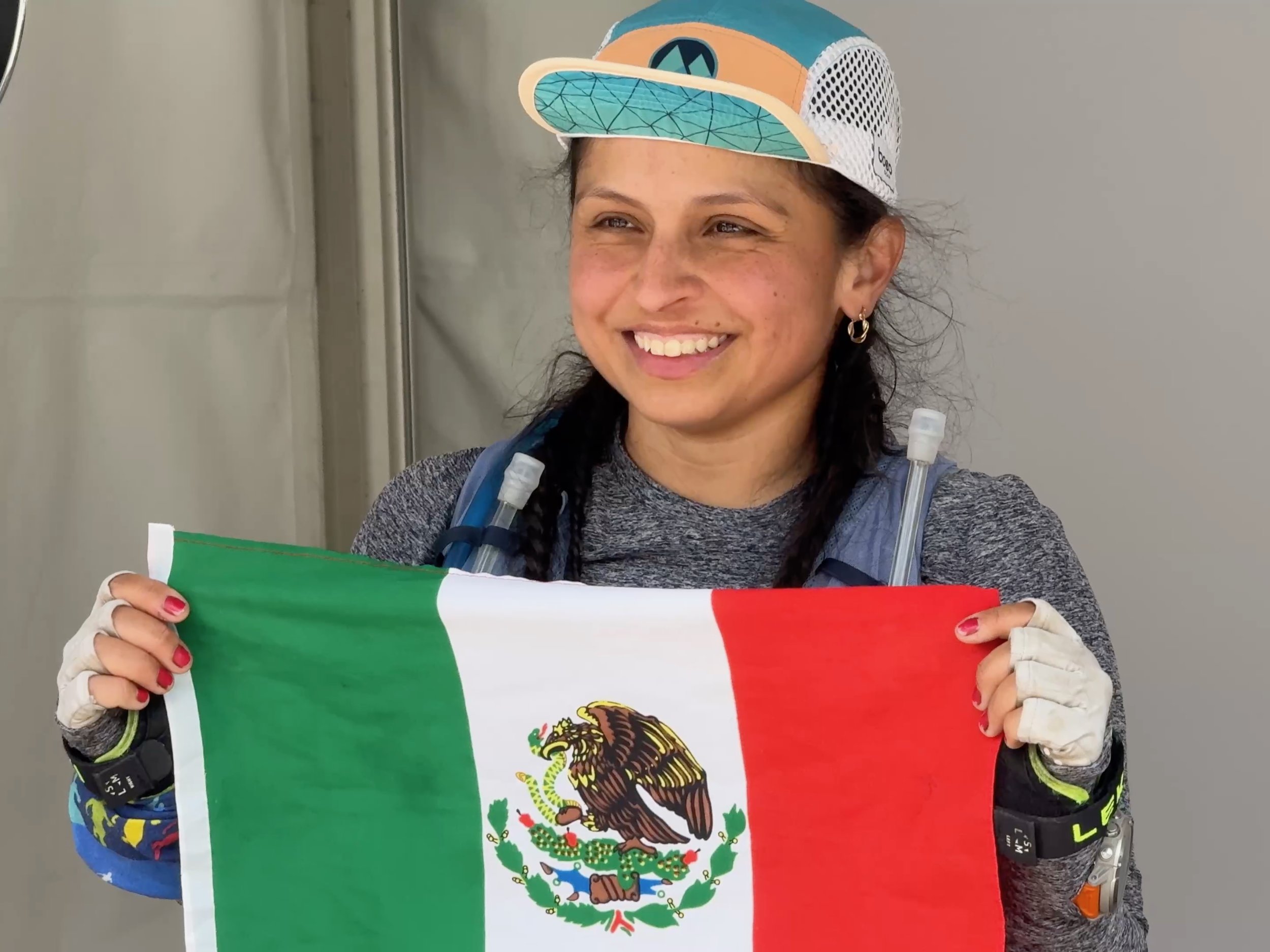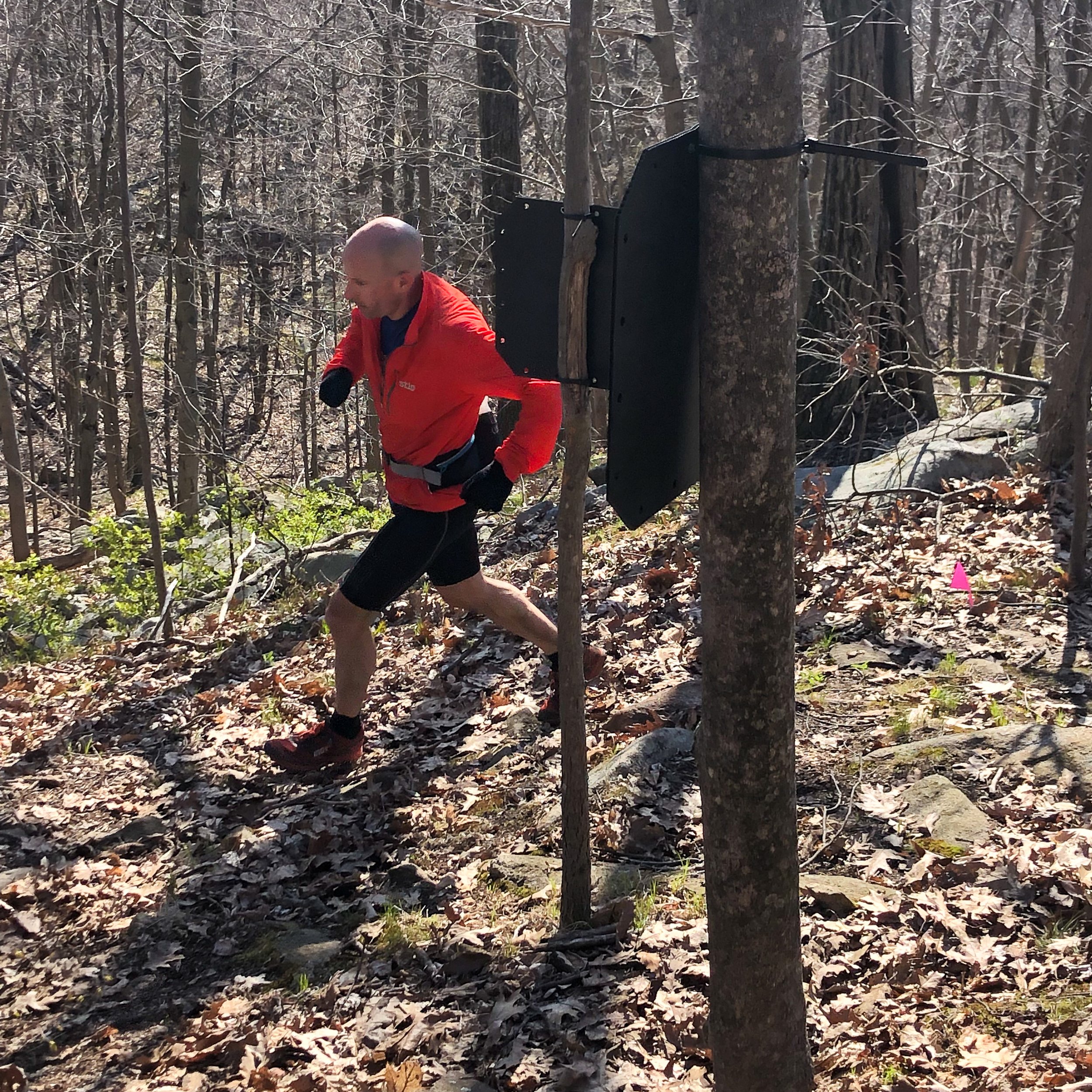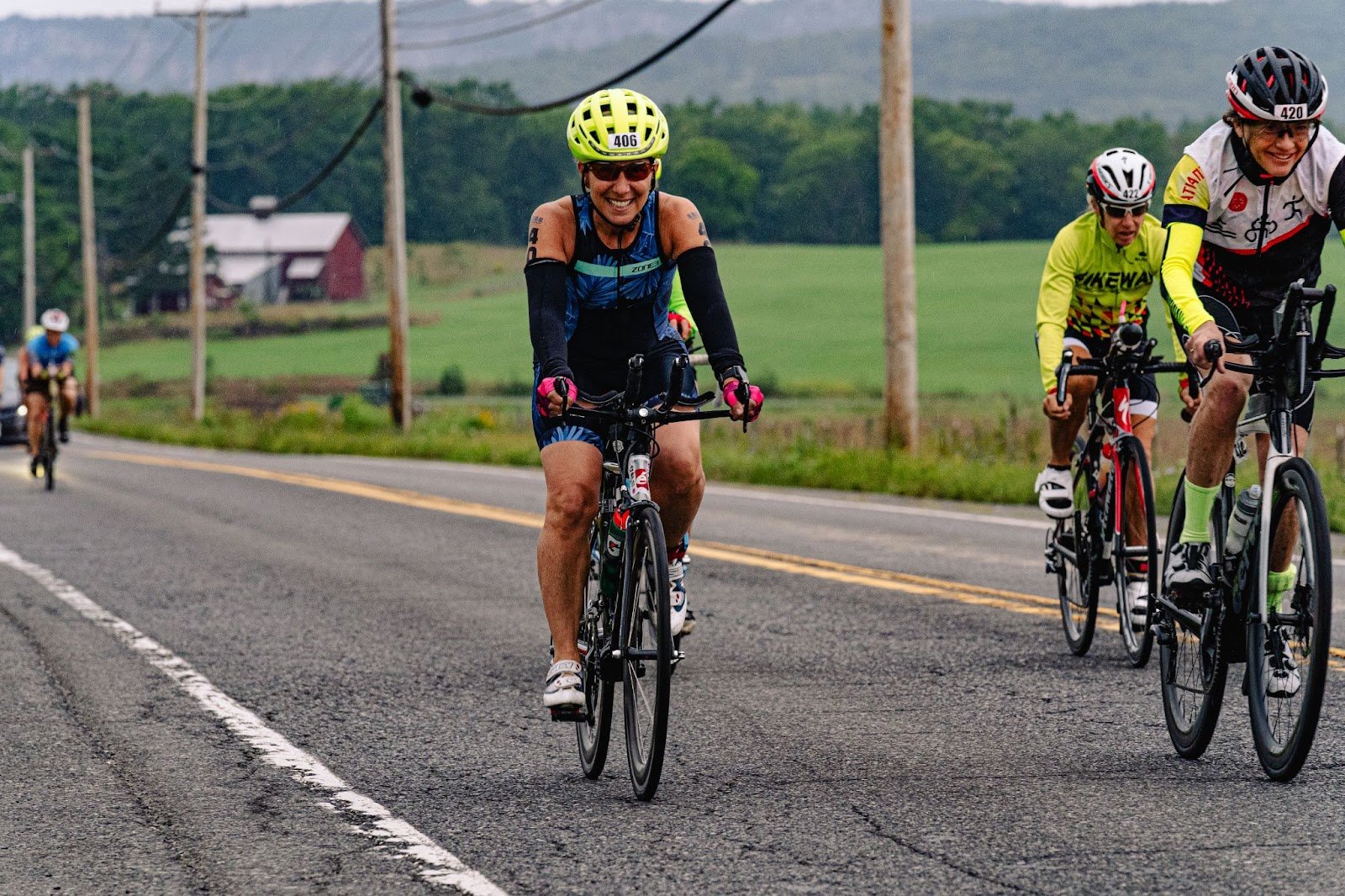Retro Race Report: Kilkenny Ridge Race 2019
It has now been over a year since I raced the Kilkenny Ridge 50 mile, so it is entirely possible this report could be filled with magical thinking and visions of grandeur, but the race deserves a report. I had been thinking of doing a FKT (Fastest Known Time) run on this route for years prior to Ryan and Kristina launching the race, so I was thrilled to hear the news of the inaugural race in 2018. There is little that can compare with the brutal Manitou’s Revenge 50, but I had always thought this trail could be a contender. While the races are certainly different, Kilkenny is a worthy challenger to the toughest 50 in the East, which makes completing the race a worthy feat.
To get to this trail, you drive north until the roads stop. While there is still some remote NH past the northern terminus of Kilkenny, you are way up there where the moose outnumber the people folk. You then run south for 25 miles, summiting two 4k peaks without a single road crossing, turn around, and hope to make it back. For the first comparative perspective, my gps track for this race had a full 2k more feet of climbing than Manitou’s. More on this later. The race is described as backcountry, which is fitting. I’ve never felt more out there during a race, or FKT.
My very long day did not have the best start. After driving about 4 hours through the wee hours of the early morning to the race, I realized I left my only supplies, my ice tea mix, sitting in the house. I begged Ryan for whatever powder he was selling, and he graciously hooked me up. Whatever it was, I had never raced with it, never a good idea, but luckily it worked out.
It was dark, cold, wet, and foreboding as we started out along a lakefront and soon plunged into some seriously thick woods. To be explicit, we went running off the trail on 3-4 occasions in first two miles, which were similar to a bushwhack, I almost turned around and ran back to my car. I had no interest in an orienteering event, and 50 miles was long enough on this type of terrain. I think I was in 5th place for the first few miles, with no desire to move up and push the pace. There was Peter Howe, Colin Gulley, Josh Burns, and Kale Poland, several who had a great deal of experience either on this trail or in the local vicinity. All the FKT routes I had done south of Kilkenny felt a million miles away. Where most of the trails down there are eroded down to rock, this area does not see nearly as much traffic. The trail was tight, rooty, somewhat muddy, often overgrown, and often covered in pine needles.
Somewhere after 3 miles Peter Howe launched off the front at an entirely different gear. I had no interest, and hung back with Kale, but Colin went after Peter. We had started to pull away from Josh at that point. I had never run or raced with Kale, and we had a good time passing the miles trading trail stories. It was great to have company, since I spend much of my time training alone I always find it disappointing to travel hours to a race to run by myself. I do enough of that during FKT attempts.
One of the many unique aspects of the course is how extended the climbs are. Other than a few short downhills, the first 10 miles is mostly climbing from 1k to 4k feet. This drawn out nature makes them much more runnable than many of the climbs on Manitou’s, which is odd considering there is more climbing at Kilkenny. It is dangerous, though, because even if can run the climbs in the first half, this may not be the best plan for a strong, or functional second half. You can also hammer the downhills, while the pine needles make this less abusive, there’s always a cost to going hard early on the downhills.
Kale would ask if I wanted to pass, but there was no need to force anything at any point during the first half. I should mention that it never really warmed up, and it was raining much of the first half of the race. While it was not a downpour, this was not a friendly rain given the temperature. It was a get your jacket on in time or you’ll be hypothermic cold rain. Kale ramped up the pace when we finally started the massive plunge down to the turnaround, but I passed him when he had some stomach issues shortly before the aid station. Peter had a large lead and looked fresh despite 25 miles and over 7k of climb. This race is basically two very hard trail marathons back to back. I would have waited for Kale if he had seemed 100%, but decided to see if I could catch Colin and Peter. Colin also had a good lead on me at halfway, but my restraint in the first 25 miles paid off and my legs felt good on the ridiculously relentless 2500’ climb back to the top of the ridge.
I could see I was steadily gaining on Colin, who seemed to be pushing hard to either go after Peter or stay away from me. I caught him near the summit of Mt. Starr King, and the Oroc factor came into play once we careened off the backside, which was rooty and greasy. I had a much easier time in my spiked Orocs, and I think Colin might have gone down or certainly had a few close calls. The following descent off Mt. Waumbek was also technical, and Colin seemed to let me go. To provide an idea of how intimidating this course is, while the rain was certainly part of the equation. 14 out of 36 starters did not finish, most calling it a day at halfway. Why at halfway? Because that is about the only place to bail. Cell coverage up there is not too good, and there is no way anyone would hear you scream. Anyone who was in the least bit uncertain about running another 25 miles over mountains bailed at the turn around aid station, and Ryan and Kristina do not let hobby joggers sign up for this thing.
For me, the second half was FKT mode, trying to maintain my pace as best I could with hopes that effort would allow me to catch Peter. I passed a couple of hikers at some point, and these were the only humans I saw other than the 25 milers passing the other way during first half. A 25 miler was starting to sound like a really good idea around 40 miles. There was one last thousand foot climb at this point, and my legs were just about done. I struggled over that one and was relieved to start heading down. Even the short remaining climbs almost put me on my knees, especially one around 46 miles which has grades up to 30%. Trying to take advantage of the runnable terrain in the last 4 miles was challenging given the abuse my legs had already endured and the crazy degree in overgrowth in several sections. I wanted to come back there with napalm.
I’m pleased to be able to say that my last mile was my fastest, I ran almost even splits, and I would have had a course record by over 50 minutes if I had not lost to Peter by 43 minutes. An incredible performance by Peter, who ran negative splits to run just under 11 hours, which is crazy. No one was catching him that day. Kale worked his way past Colin for third, with Josh holding on to 5th place. Kilkenny is an amazing trail and feels more like a remote adventurous FKT than any race, and many FKT’s, I’ve ever done.
Is it harder than Manitou’s? That depends on the runner. If you are not a very strong climber, the extra 2k and sustained climbs are going to put you in the hurt locker. If you need regular support, Kilkenny is going to be more challenging. Manitou’s definitely has several more miles of substantially more rugged terrain, but this does provide some breaks from running, where Kilkenny is more runnable, for better or worse. However, with both races, you can look at the elevation profile and topo after the race and be relieved you made it out alive and it one piece. Thanks to Rockhopper Races for a signature event and experience that I remember in vivid detail (whether accurate or not) over one year later.












